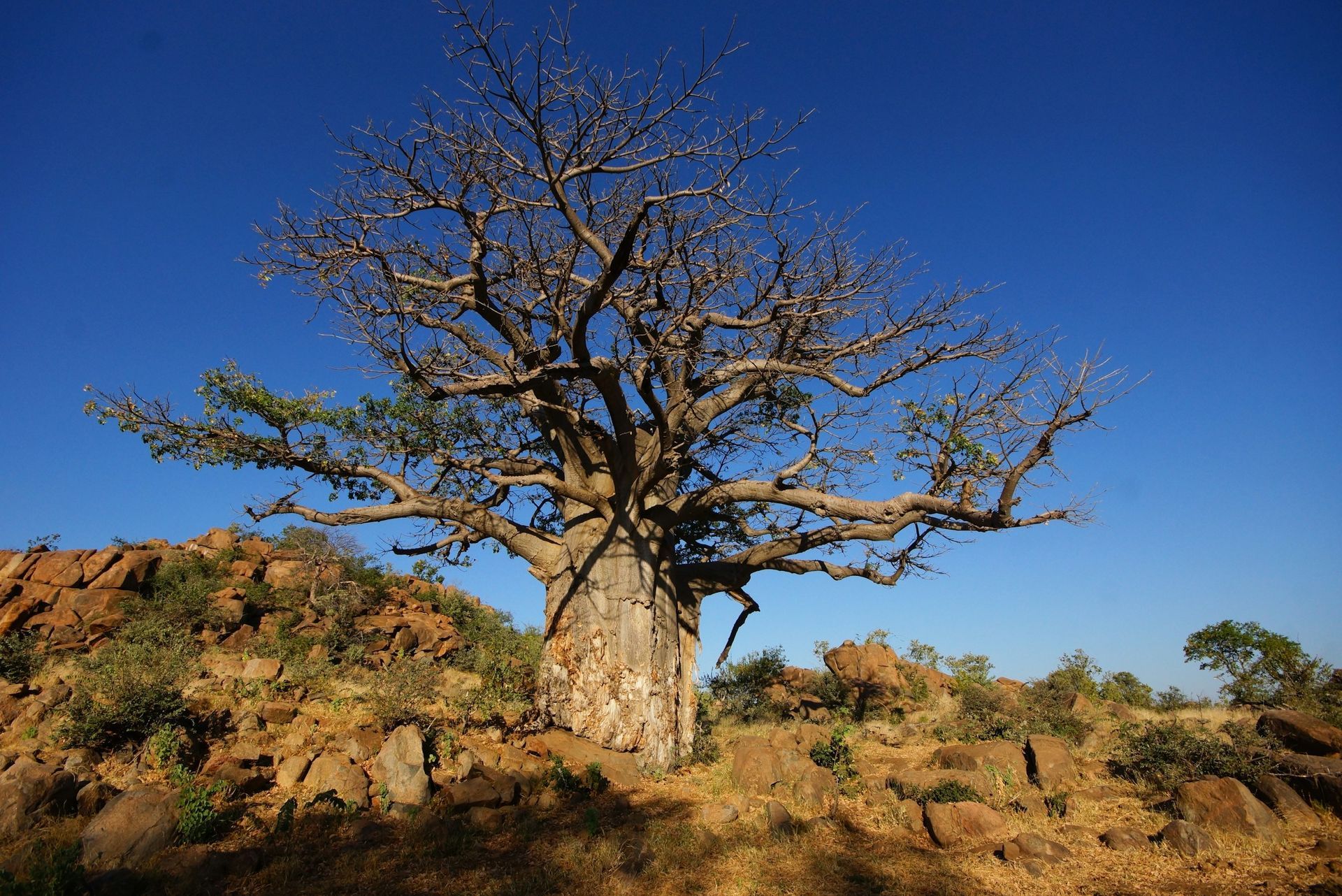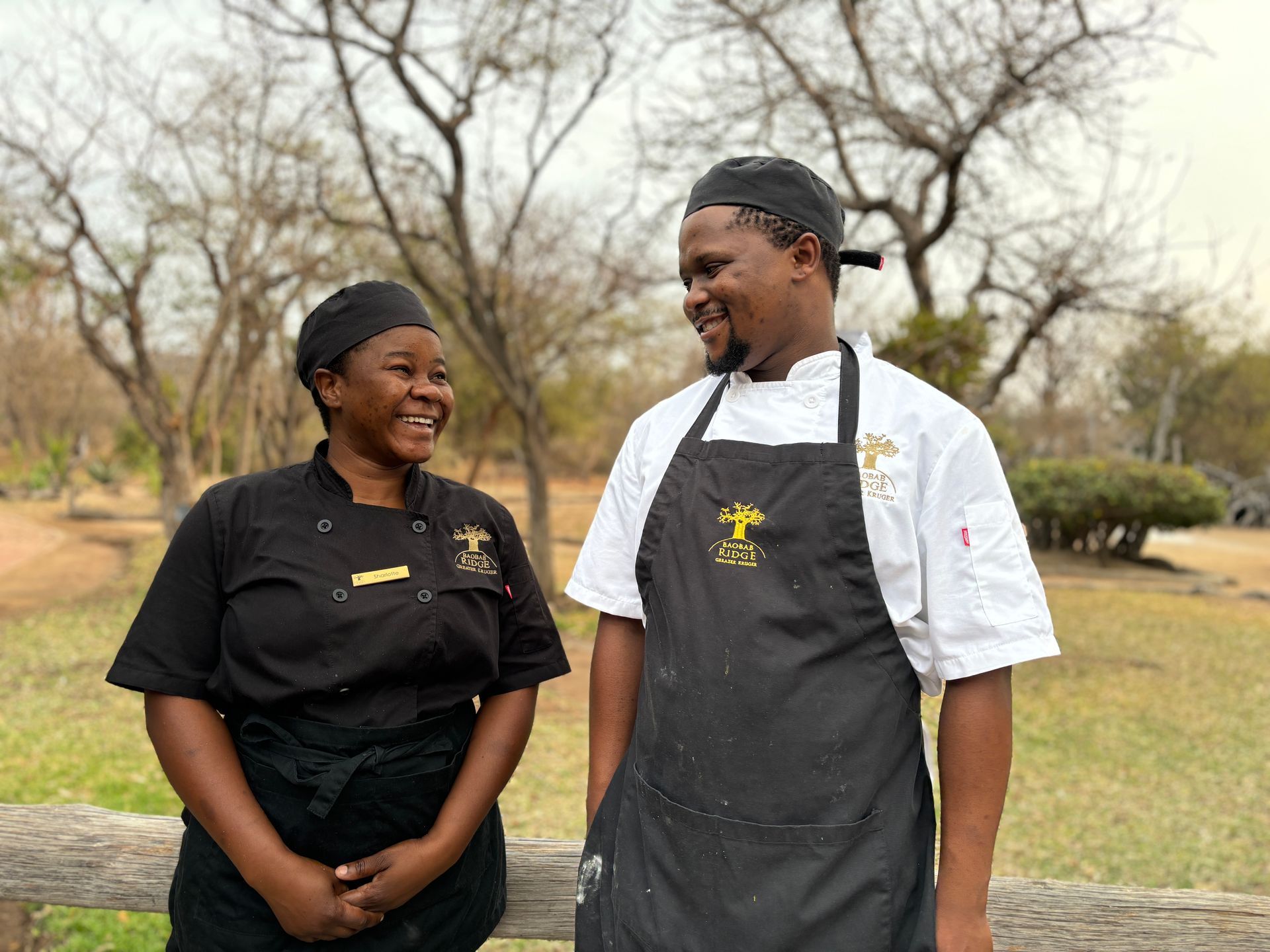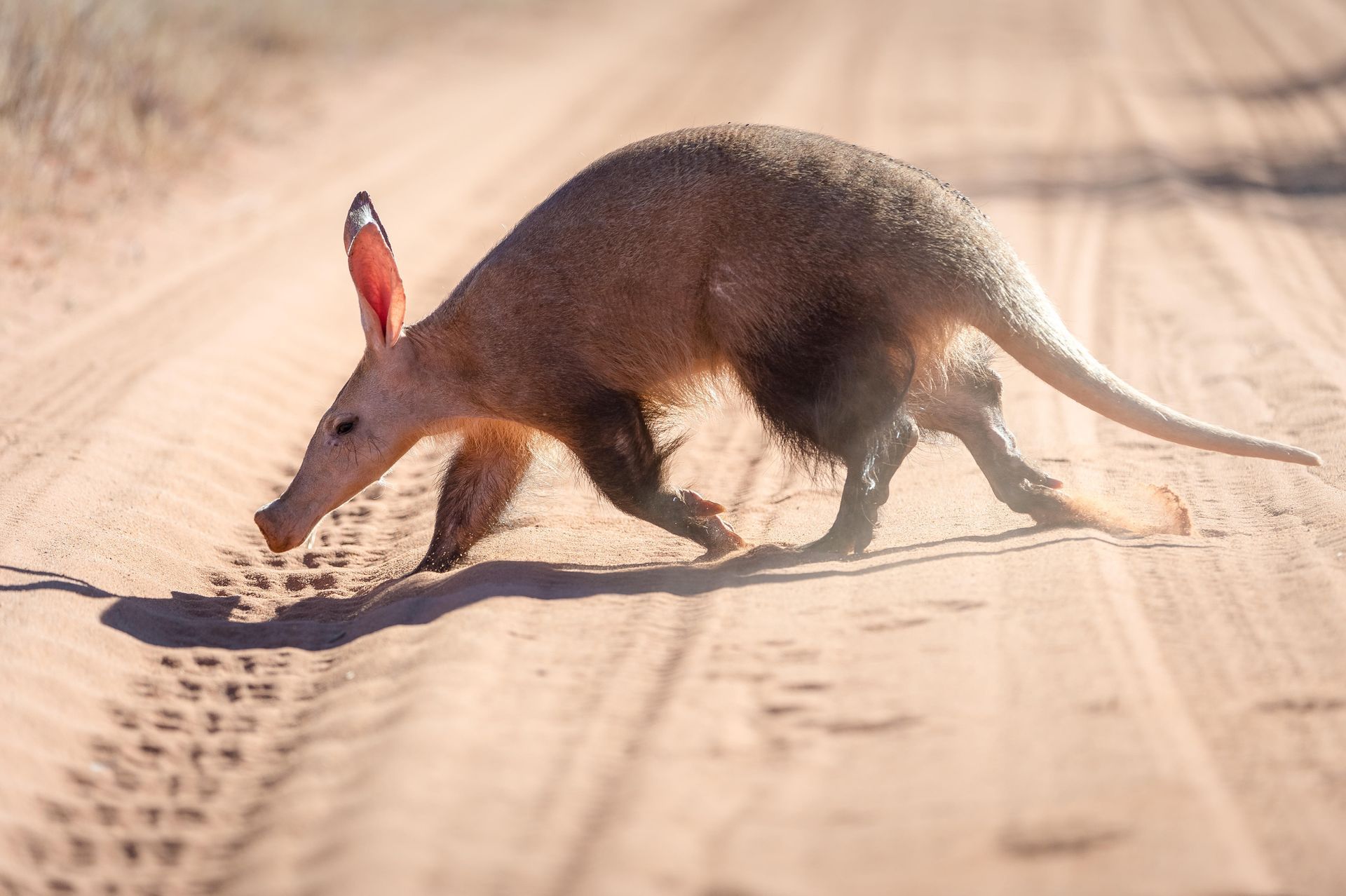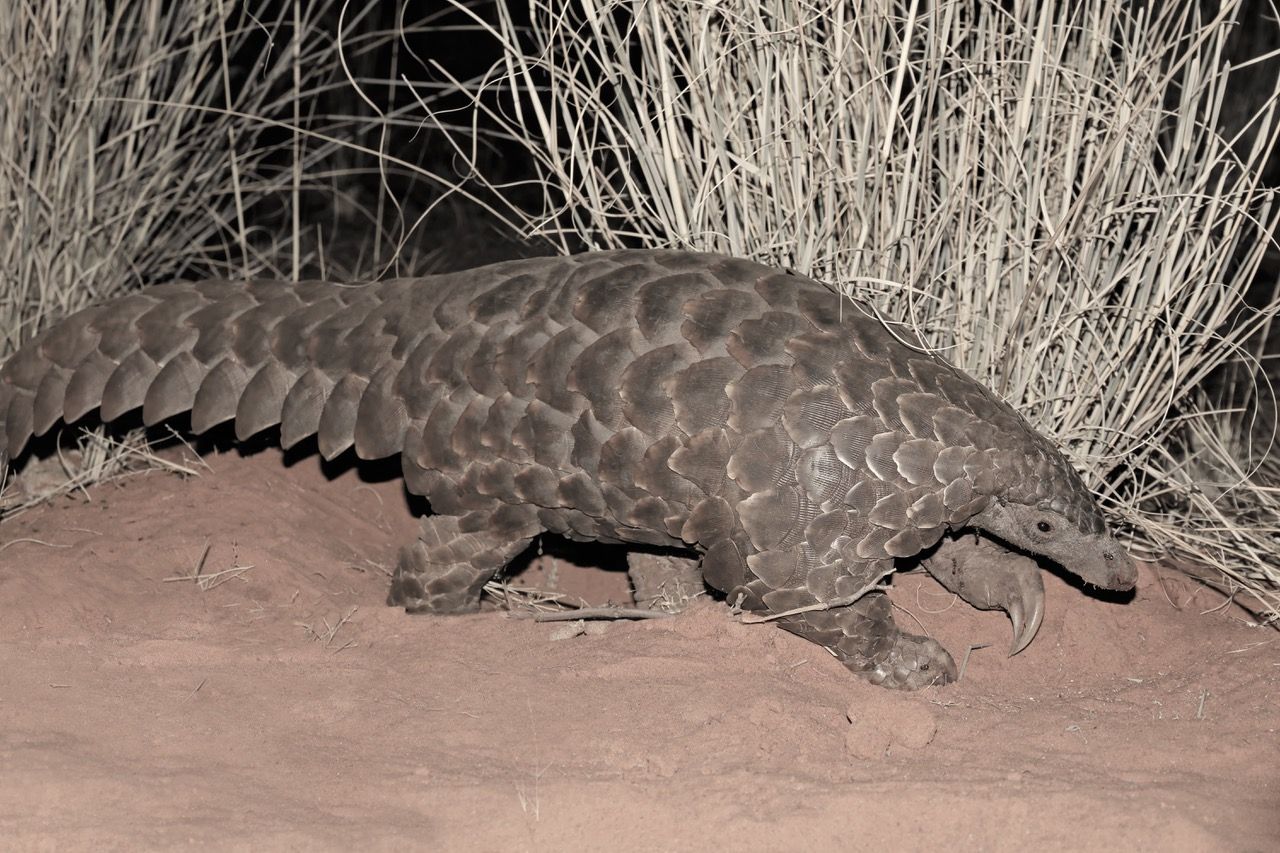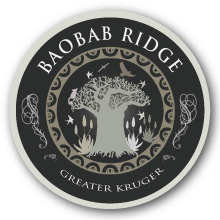CALL US ON +27 73 926 4724
Love - the wilderness way!
The mating game is a complex and sometimes challenging one!
By its very nature, a safari is an experience steeped in romance and adventure. Add in the incredible wilderness of the Klaserie in the heart of the expanse that is the Greater Kruger National Park, and you have the ultimate destination for those looking at celebrating love, one another and the wonder of the wilderness. Which is why Baobab Ridge is the perfect place to be during the month of love...
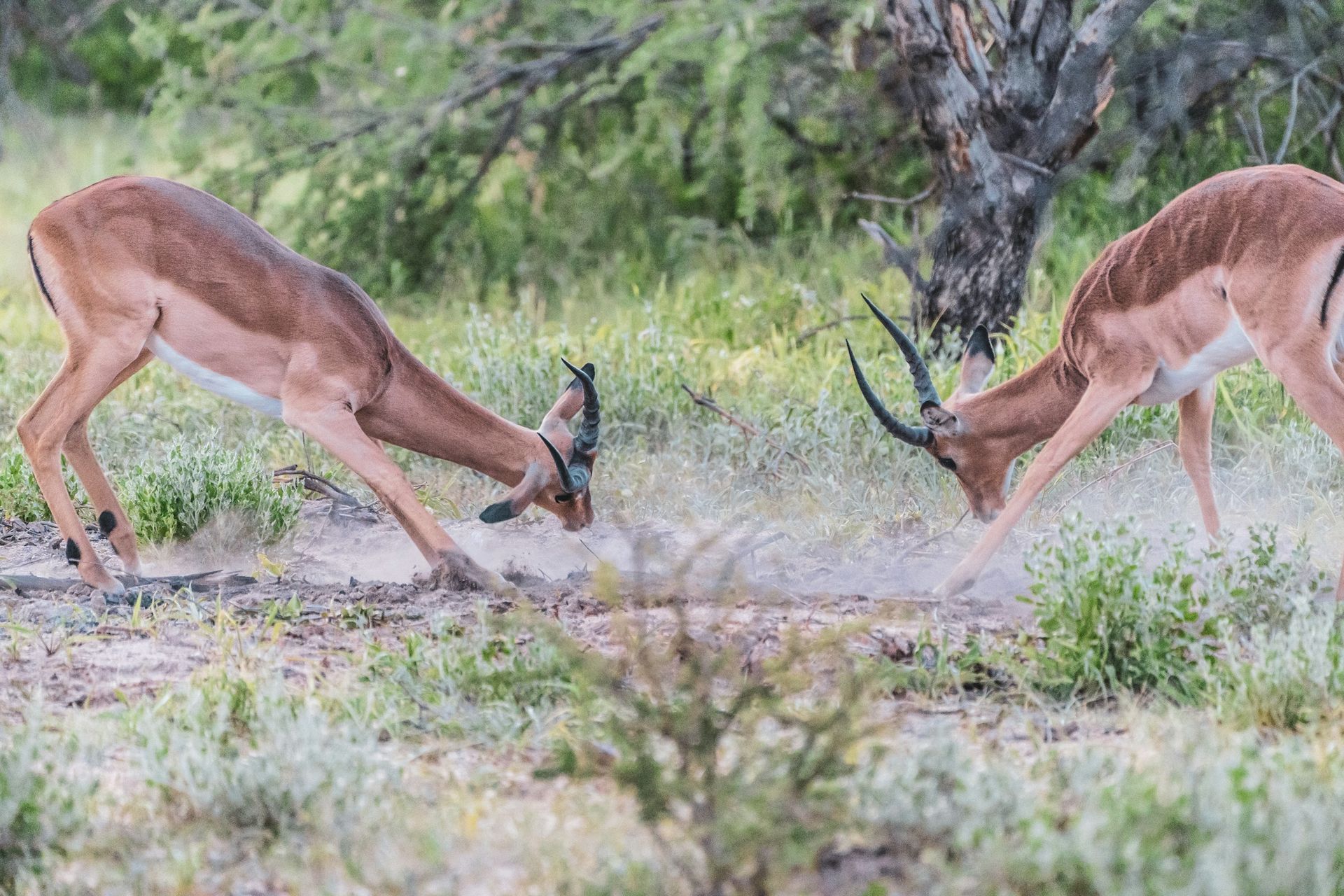
Slide title
Write your caption hereButton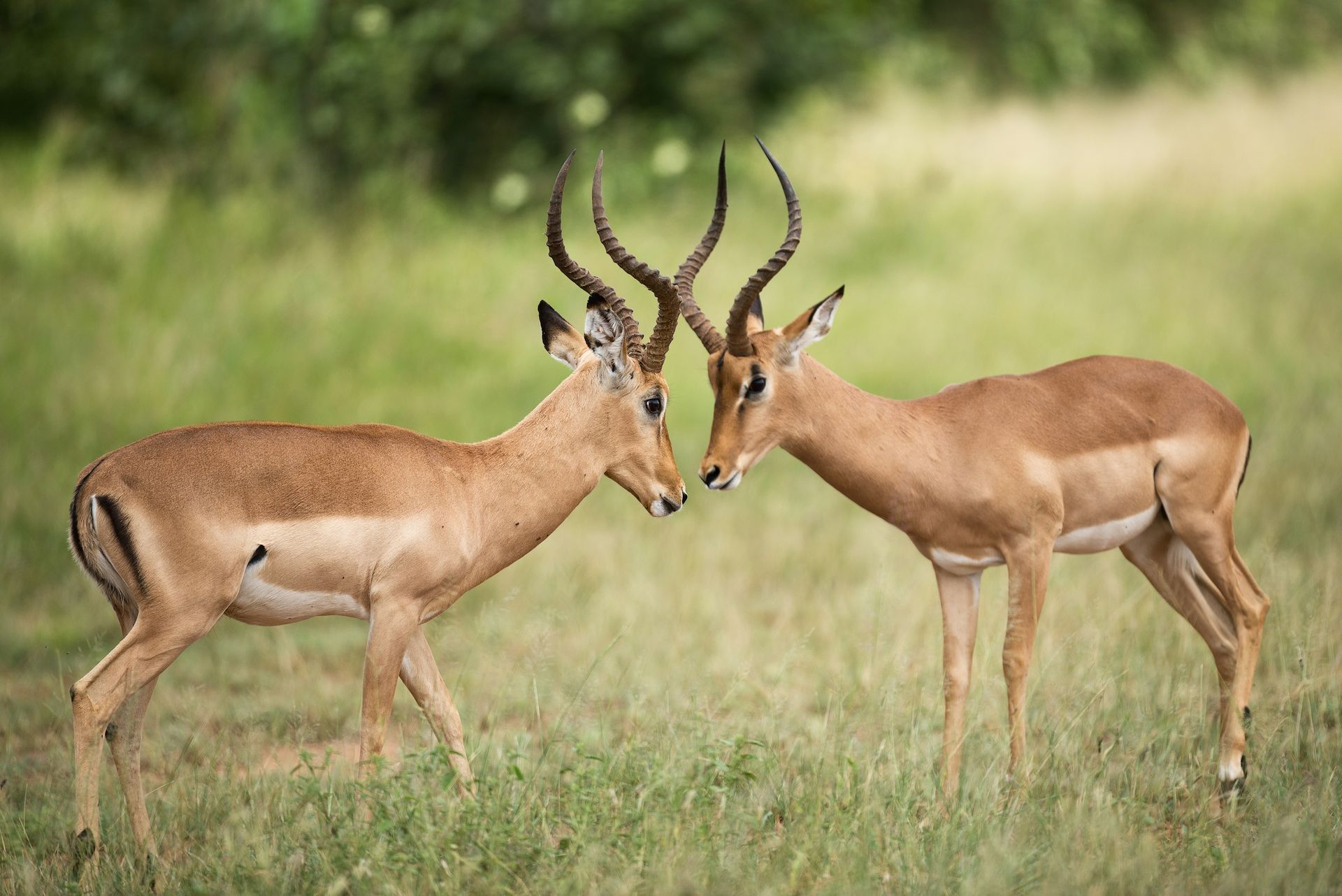
Slide title
Write your caption hereButton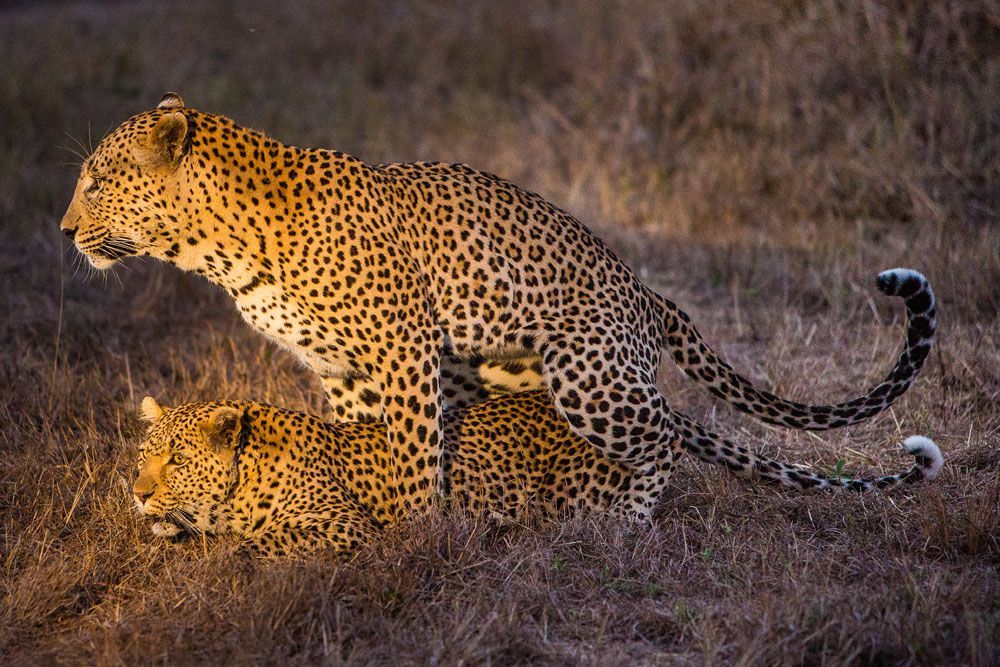
Slide title
Write your caption hereButton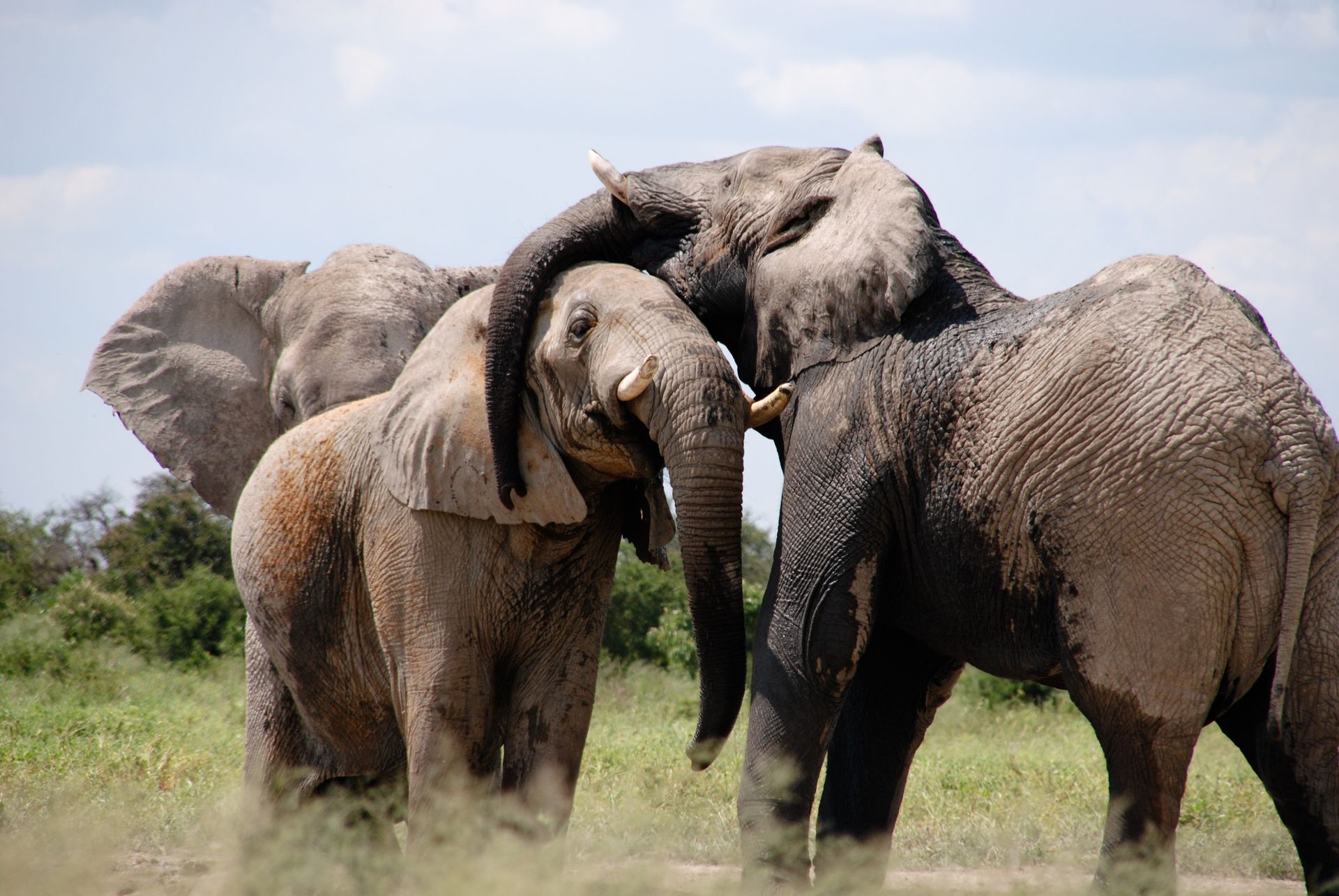
Slide title
Write your caption hereButton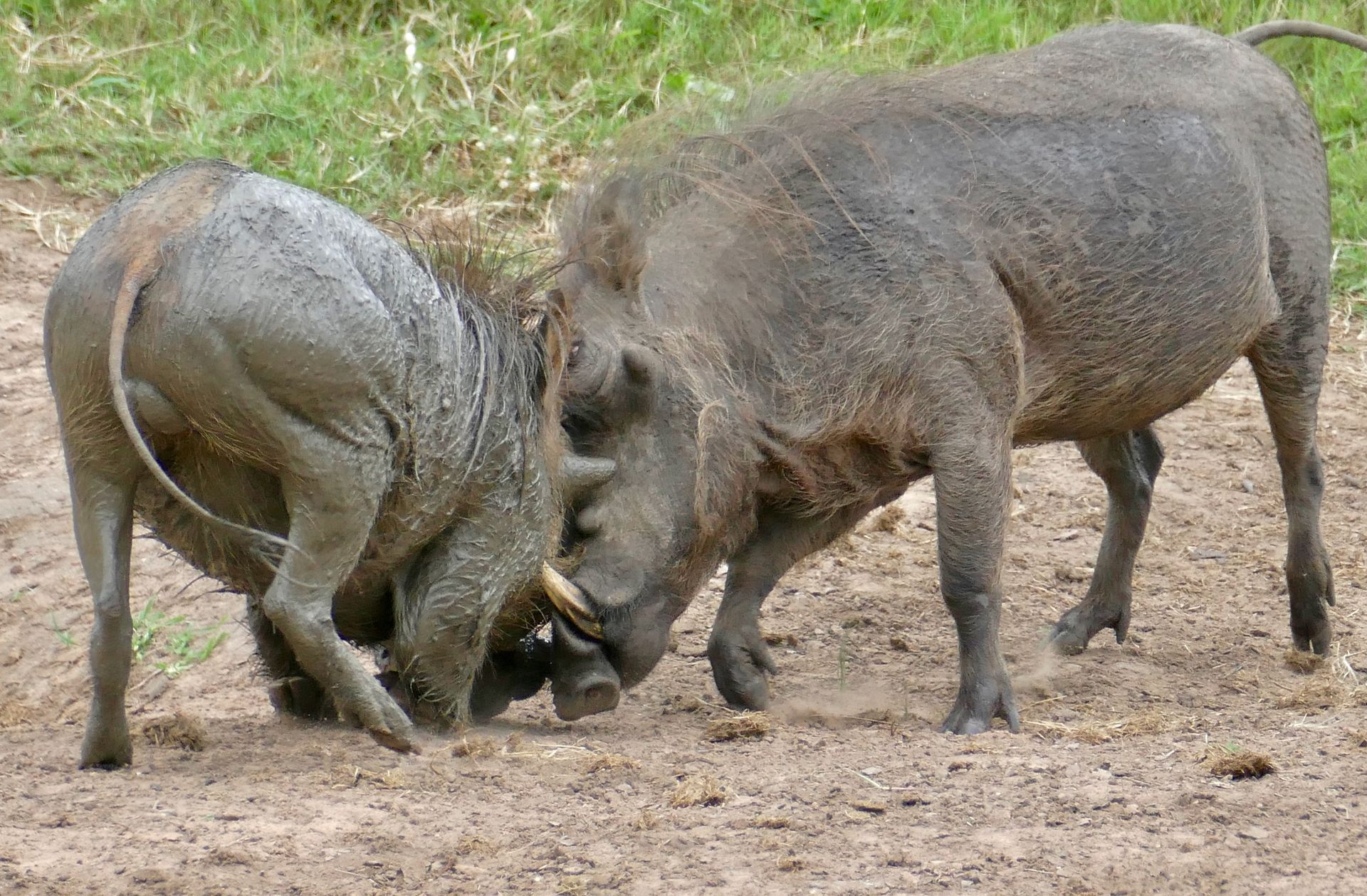
Slide title
Write your caption hereButton
Slide title
Write your caption hereButton
Love, in the animal kingdom, is less about candlelit dinners and more about instinct, power, and strategy. At its core, it's about ensuring the continuity of DNA. Every behaviour, from the ferocious battles of lions to the gentle trunk touches of elephants, is ultimately about passing on genetic material to the next generation. For many species, this is a high-stakes endeavour, fraught with competition, environmental pressures, and the constant threat of predation. The ability to secure a mate often requires a combination of physical strength, strategic thinking, and adaptability - qualities that ensure only the fittest genes are perpetuated.
In the Klaserie, the rhythms of life and love play out against a backdrop of rugged wilderness, where every sound and movement tells a story of survival. The mating game is not just a biological imperative but a demonstration of the diverse strategies animals employ to ensure the continuity of their species.
For many, the path to romance begins with a bit of detective work. In mammals, for example, males often determine a female’s fertility by "testing" her urine, rolling its scent over a vomeronasal organ called the Jacobson's organ to chemically process it and look for pheromone-heavy clues. The grimace this action produces is known as the flehmen response, from the German word for curling the upper lip. If she’s ready, he will follow her persistently, waiting for the right moment to mate.
For lions mating is an intense affair. A lioness in oestrus can mate up to 50 times a day over a four-day period, with bouts lasting less than a minute. This frequency ensures conception but also serves to strengthen the bond between the mating pair. Male lions, often competing for the opportunity, rely on dominance and strength to gain the lioness’s favour.
Roaring battles and displays of prowess are common, as the strongest genes must prevail in the pride’s future generation. These encounters are raw and unapologetically primal, yet they underscore the collaborative nature of pride dynamics, where teamwork ensures the success of cubs. However, the process isn’t without its challenges; rival males often engage in fierce takeovers, sometimes killing existing cubs to bring females back into oestrus and secure their own lineage.
Leopards, on the other hand, conduct their courtship with an air of discretion. These solitary cats meet for brief, often aggressive, mating encounters. A leopardess in heat will vocalise to attract a male, and when they find each other, the process is marked by snarls and swipes, blending hostility with necessity.
After a few days, they part ways, leaving the female to raise her cubs alone. For leopards, love is fleeting, but the survival of their young is fiercely personal. The female must not only nurture and protect her cubs but also navigate a landscape filled with predators and rivals, ensuring her offspring reach independence.
Elephants, the gentle giants of the bush, take a more prolonged approach. Bull elephants seek out receptive females, using a combination of low-frequency rumbles and scent to communicate their readiness. Courtship involves a delicate dance of trunk touches and playful nuzzles, an extraordinary display of tenderness from creatures of such immense size.
Dominant bulls have the edge in securing mates, and their genetic vigour is often passed on to the next generation of these intelligent, family-oriented animals. Yet, the process is not without competition. Younger bulls often attempt to challenge more experienced ones, leading to dramatic confrontations that highlight the stakes of reproduction.
Among giraffes, romance takes an unusual twist. Their courtship can be lengthy, involving necking bouts where males duel by swinging their necks and heads in powerful arcs to establish dominance. Despite their towering elegance, giraffes’ pursuit of love is as grounded in survival as any other species. Challenges such as predation and habitat loss add another layer of complexity, making successful mating and raising calves an increasingly difficult task.
Warthogs, often underestimated in their complexity, also have their own quirky rituals. Males, or boars, vie for the attention of females by engaging in head-to-head combat. Once a boar wins the right to mate, he courts the female by rubbing his tusks against her and engaging in a playful chase. It’s a scene that contrasts their rugged appearance with surprisingly endearing behaviour.
Despite their seemingly carefree attitude, warthogs face significant challenges in ensuring their offspring survive. Predators and environmental pressures mean that only a fraction of their young will reach adulthood.
For impalas, the mating game is one of stamina and strategy. During the rut, which happens between April and June each year, males establish territories and gather harems of females, defending them from rivals in intense battles. The victorious ram emits loud grunts and uses scent to assert his dominance, maintaining control for just a few weeks before exhaustion sets in.
His tenure as harem leader is short-lived but crucial for passing on his genes. Female impalas, meanwhile, synchronise their birthing periods to overwhelm predators, ensuring that more calves survive in what’s known as a survival-by-numbers strategy.
Love in a wild place may not conform to our traditional notions of togetherness and romance, but there are certain species who mate for life, finding that special partner to spend the rest of their days with. Jackals and painted wolves, for example, form life-long pair bonds, as does the tiny steenbok.



